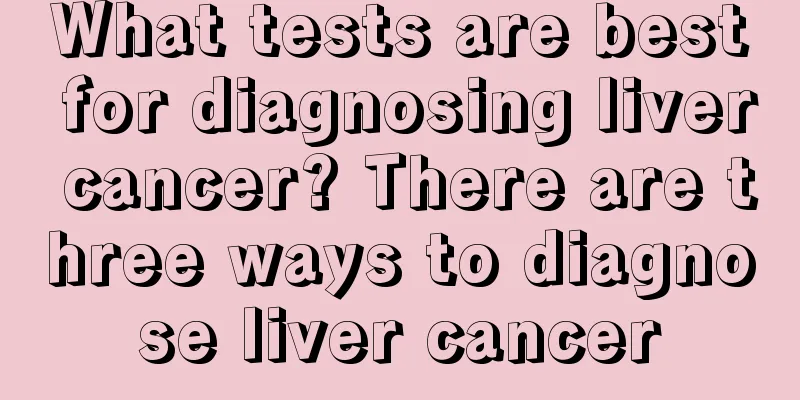Why do my legs swell in the afternoon?

|
Lower limb edema is a relatively common disease. Some people have lower limb edema because of standing. Generally, this edema is a normal phenomenon, but some edema is caused by diseases, such as nephritis. In particular, some people experience swollen legs in the afternoon. This phenomenon must be taken seriously. It is best to go to the hospital for a check-up to see what the cause is and then treat it symptomatically after finding out the cause. What are the dangers of lower limb swelling? Sudden and rapid swelling, pain, and difficulty in movement of the lower limbs, usually diffuse swelling of one side of the limb, with obvious palpable tenderness and the skin temperature of the entire leg higher than that of the healthy lower limb, should prompt consideration of whether there is thrombosis in the lower limb veins, and a color Doppler ultrasound examination should be performed immediately. The human body has two major blood flow systems: arteries and veins. The arteries pump blood from the heart to various organs and limbs, and then return to the heart through the veins. After the blood is oxygenated, it is pumped out through the heart to the arteries, and the cycle continues. If the venous circuit is blocked, blood cannot return normally, and a large amount of fluid in the blood vessels leaks into the muscles, between muscles, and into tissues, causing rapid swelling. The more severe the embolism, the more obvious the swelling. Sudden swelling of the lower limbs is caused by lower limb venous thrombosis. So how is lower limb venous thrombosis formed? Pelvic surgery (including postpartum and obstetric surgery) and orthopedic lower limb surgery require bed rest for about two weeks, which reduces lower limb and whole body activities. This is the most common cause. It can also be seen in some cancer patients, whose blood is in a hypercoagulable state and easily forms blood clots such as cancer thrombi. Venous damage is also one of the reasons. Once you have this disease, never treat it on your own. Massage therapy is extremely dangerous and you should not engage in strenuous exercise. Early acute thrombosis is not tightly adhered to the venous wall. Walking or massaging, which squeezes the vein, can cause the thrombus to break off and flow back into the pulmonary artery, thus causing pulmonary artery infarction. The correct approach is: lie down and rest immediately, stop moving the affected limb and go to the hospital for diagnosis and treatment immediately. Some patients will have some sequelae after treatment, such as varicose veins of the greater and lesser saphenous veins in the lower limbs and superficial abdominal wall, which is a compensatory collateral circulation. After walking for too long, the affected limb will still feel swollen and heavy. Wearing elastic stockings can alleviate the symptoms. Elastic stockings can help accelerate the return of venous blood. |
<<: What should I do if my legs become swollen after standing for a long time at work?
>>: Why do my legs swell after standing for a long time?
Recommend
What exactly is lupus erythematosus?
The incidence of lupus erythematosus in life is r...
How to wash away oil stains on clothes
In our daily lives, we are bound to come into con...
How to prevent irregular heartbeat during pregnancy
Arrhythmia during pregnancy is a problem that man...
What is the disease of feeling panic?
The feeling of panic in the heart is medically kn...
I can't squat with my legs together
Our bodies are infinitely flexible, and the ingen...
The advantages and disadvantages of eating spicy food frequently
Spicy food is probably loved by all Chinese peopl...
Why can't I turn my wrist in a circle and it hurts?
The wrist has a complex joint structure and is co...
What are some effective ways to relieve abdominal bloating?
Abdominal bloating is a relatively common symptom...
Is pancreatic cancer hereditary?
Is pancreatic cancer hereditary? This is a questi...
The advantages and disadvantages of eating winter melon raw
Winter melon is one of the most famous vegetables...
Does taking anti-inflammatory drugs affect the results of syphilis blood test?
Anti-inflammatory drugs, as the name suggests, ar...
What are the typical symptoms of advanced lung cancer? Several typical symptoms of advanced lung cancer
Lung cancer is one of the most terrifying disease...
How to improve enlarged calf pores
Many people worry about the large pores on their ...
How to clean mosquito blood?
It is the hottest summer now, and there are many ...
Will my nose get smaller after losing weight?
Young people love beauty very much, especially yo...









